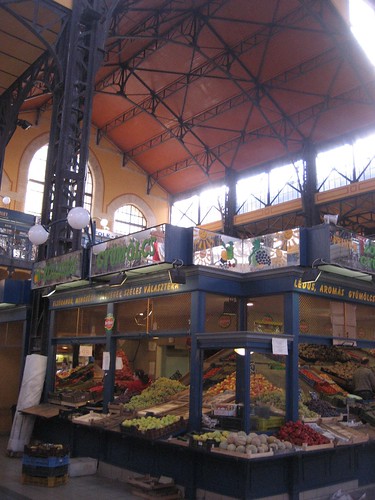The Swedish startup Memoto— you might have heard about their super-successful Kickstarter campaign last year– recently released a video about lifelogging, which is available on Vimeo:
Lifeloggers from Memoto on Vimeo.
I’ve been doing some research on lifelogging– I talk about Gordon Bell’s pioneering MyLifeBits project in my book— and it seems to me that the work of people like Bell and Steve Mann is finally getting out into the marketplace. But like all such academic projects, the commercial versions will seem like fragments of the original vision.
For example, Bell and Mann both had dedicated hardware for lifelogging– in Bell’s case, the SenseCam, which he wears around his neck, and takes chest-height pictures.
Memoto is betting that people who already have smartphones, Instagram, etc., will see the value in owning and always wearing a smaller version of SenseCam– that they will have missed just enough little everyday moments, or cool events where they couldn’t get out their cameras, to want to have something that takes pictures automatically.
Memoto Pre-order Product Video from Memoto on Vimeo.
Personally, I’m skeptical. I suspect that the smartphone occupies enough bodily space already, and that the demand for yet another camera will be pretty small.

My nephew at the Apple Store, Soho
On the other hand, the back end systems that lifelogging envisioned, where you’re able to create timelines or analyses based on lots of pieces of information, might be attractive to people who already are using Facebook, Twitter, Pinterest, Tripip, Mint, Fitbit, etc.. For those users, yet another system that required very little attention, but which pulled together and created some new value from data that you’re already creating on the different platforms and storing in different silos, could be appealing.
Of course, I’m also interested in the question of whether these kinds of systems can be designed to make users more mindful– more mindful of their days, of the passage of time, of what matters in their lives, and so on. I think the objections that people like Abigail Sellen have raised to traditional lifelogging systems are worth taking seriously, as I talk about in the book. In particular, the idea that digital and human “memory” are essentially interchangeable when you’re talking about autobiographical memory seems to me plain wrong. The memory of a first date, or the feeling of an open air market you explored when you spent a summer abroad (I know, first world memories) aren’t ones you simply look up, the way you recall a phone number or your bank balance. They’re part recalled, but also re-experienced.

fishermen in salvador, bahia, 1972
And show me a system that can capture and replay what it’s like to be in a spice or fish market.
